class b fire is caused by
Class B Fires. So a class B fire is very dangerous as it is the burning of flammable liquids.

Abcs Of Fire Extinguishers Fire Prevention Services The University Of Texas At Austin
Flammable Liquids andor Gases The next fire type you need to be aware of is the ones started by flammable liquids.
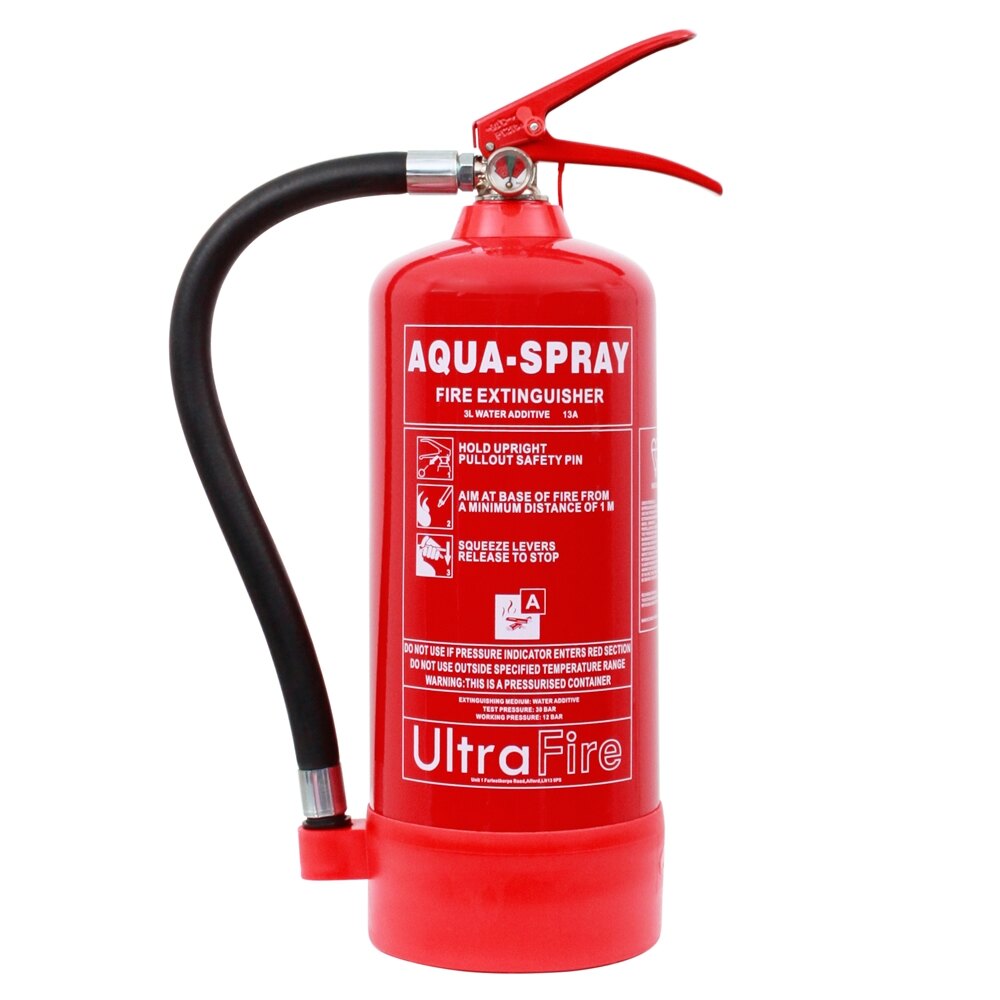
. Class B fires are those where the fuel is flammable or combustible liquid. Ordinary solid combustibles such as paper wood cloth and some plastics. What Does Class B Fire Mean.
Class B fire refers to a fire involving flammable liquids such as petroleum gasoline kerosene petrol diesel octane etc paint alcohol solvent oil and tar etc. These include alcohols oil gasoline and. The best solution to these fire hazards are dry chemical powder or clean agent gas.
For example propane natural gas gasoline and kerosene fires are types of Class B fires. Class B fires have the same basic elements as their class A counterparts that is in order to burn there must be fuel oxygen heat and a prolonged chemical reaction termed. Fire damage in this class involves fires related to flammable liquids as well as solid materials that can liquify.
Because ordinary combustibles are so common in house fires authorities usually recommend that you get a fire extinguisher that includes at least an AB rating Most common fire. Class B Fires. Flammable liquids such as alcohol ether oil.
They are normally caused by combustible solid objects like wood paper fabric and textiles. Other gases that are highly flammable are propane and butane which are common causes of Class B fires. Any of the following may be the.
In fire classes a Class B fire is a fire in flammable liquids or flammable gases petroleum greases tars oils oil-based paints solvents lacquers or alcohols. Class B fires involve flammable liquids and gases especially fuels like petroleum or petroleum-based products such as gasoline paint and kerosene. A class A fire combusts from solid materials such as wood paper or fabrics.
The only difference is the fuel. In order to have a fire you need fuel oxygen heat and a chemical reaction. Examples of flammable liquids include petrol oil paraffin alcohol and certain paints.
Most of these liquids have a high carbon content and the compounds in them and. A carbon dioxide fire extinguisher rated for flammable liquids and gasses. The US system includes flammable gases in.
The use of lighter fluid on a charcoal grill for example creates a Class B fire. A fire caused by flammable or combustible liquids and gases oil gasoline. A Class C fire is a fire that involves electrical equipment electrical appliances or electrical wiring.
Some plastics are also Class B fire materials. Class B hazards include Flammable liquids greases and gas. Blanketing with O2-deprivation eg CO2 dry chemical or foam.
They are caused by energized electrical elements such as damaged power. That normally do not leave any embers or residues or very low amounts of residues. There are a variety of fire extinguisher types designed to accomplish this very task specifically on Class B fires.
But it is always best to disconnect the power source prior to fighting the fire. The fuel for a Class B is a combustible gas or liquid. Some common examples of Class B fire.
According to the US Fire Administration Class B fires involve ignitable liquids or gases like petroleum grease alcohol paint propane or gasoline. They can ignite by. Flammable liquids such as gasoline and lighter fluid are the causes of Class B fires and should never have water used on them due to the potential increase of the.
A Class A fire is the most common kind of fire that is likely to start. Caused by electrical equipment such as TVs computers faulty wiring frayed cables broken electrical appliancestools short circuits overloading multi-adaptor plug sockets hairdryers. There are four classes of fires.
Class B Fire Damage. If an extinguisher has a Class C rating it means that the agent will not conduct electricity. A carbon dioxide fire extinguisher works on a Class B fire by.
Solid materials tend to have organic materials and carbon that causes them to combust.

Types Of Fires Kidde Fire Safety
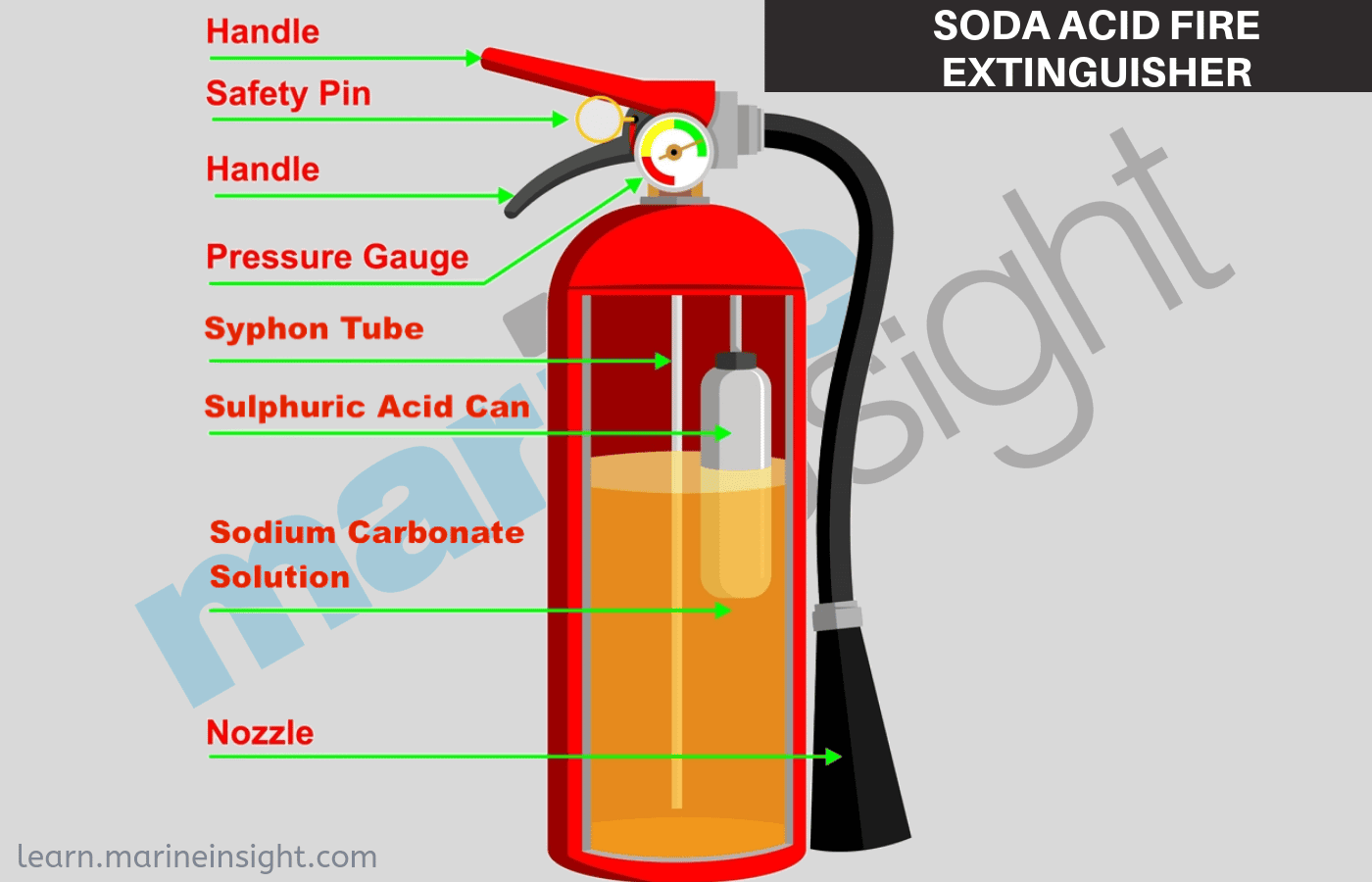
Different Types Of Fire Extinguishers Used On Ships

Classification Of Fire And Hazard Types As Per Nfpa Enggcyclopedia

Class B Fire Extinguishers Combustible Gases And Liquids Strike First Usa
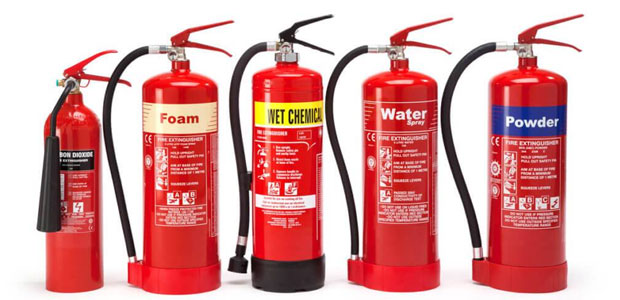
The Abcs Ds And Ks Of Fire Extinguishers Occupational Health Safety

Different Types Of Fire Extinguishers Used On Ships
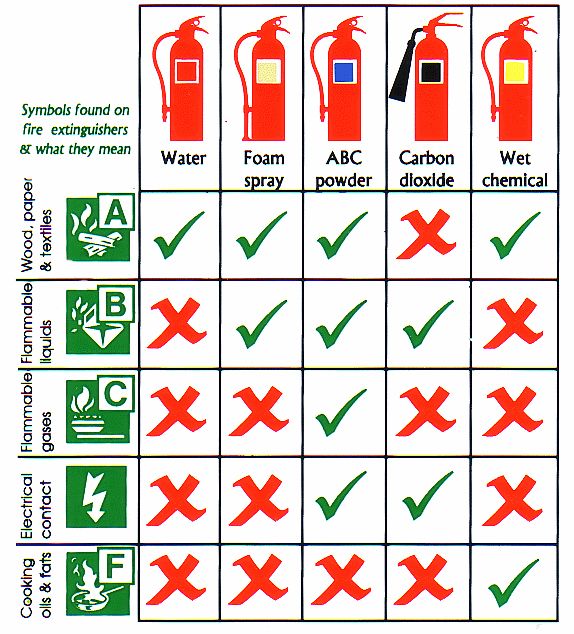
Fire Extinguisher Types How To Choose The Right Class
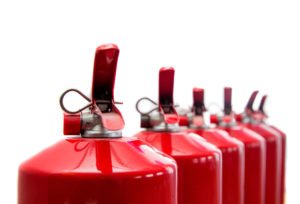
Fire Extinguisher Types How To Choose The Right Class

The Five Classes Of Fires And The Fire Extinguishers That Stop Them Strike First Usa

Fire Extinguisher Types Colour Codes Classes

Class B Fire Extinguishers Combustible Gases And Liquids Strike First Usa

The Types Of Fire Extinguishers Classifications Water Foam Co2
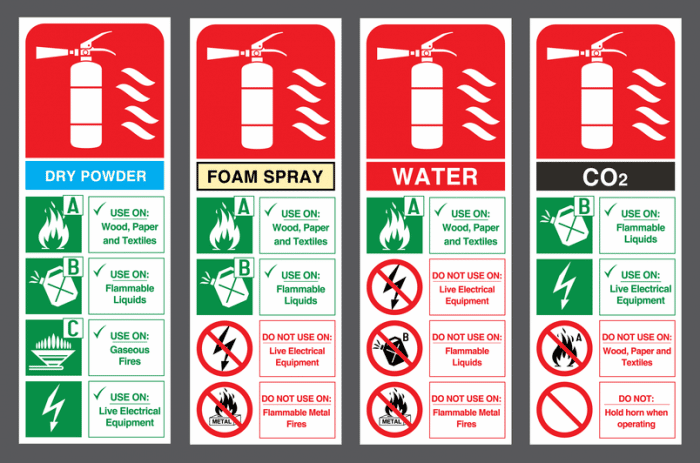
Different Types Of Fire Extinguishers Used On Ships

Class B Fire Extinguishers Combustible Gases And Liquids Strike First Usa

The Five Classes Of Fires And The Fire Extinguishers That Stop Them Strike First Usa

Find Out What The Symbols On Your Fire Extinguisher Actually Mean Foremost Promotions

Different Types Of Fire Extinguishers Used On Ships

The Different Types Of Fires Classes Prevention Reaction

The Types Of Fire Extinguishers Classifications Water Foam Co2